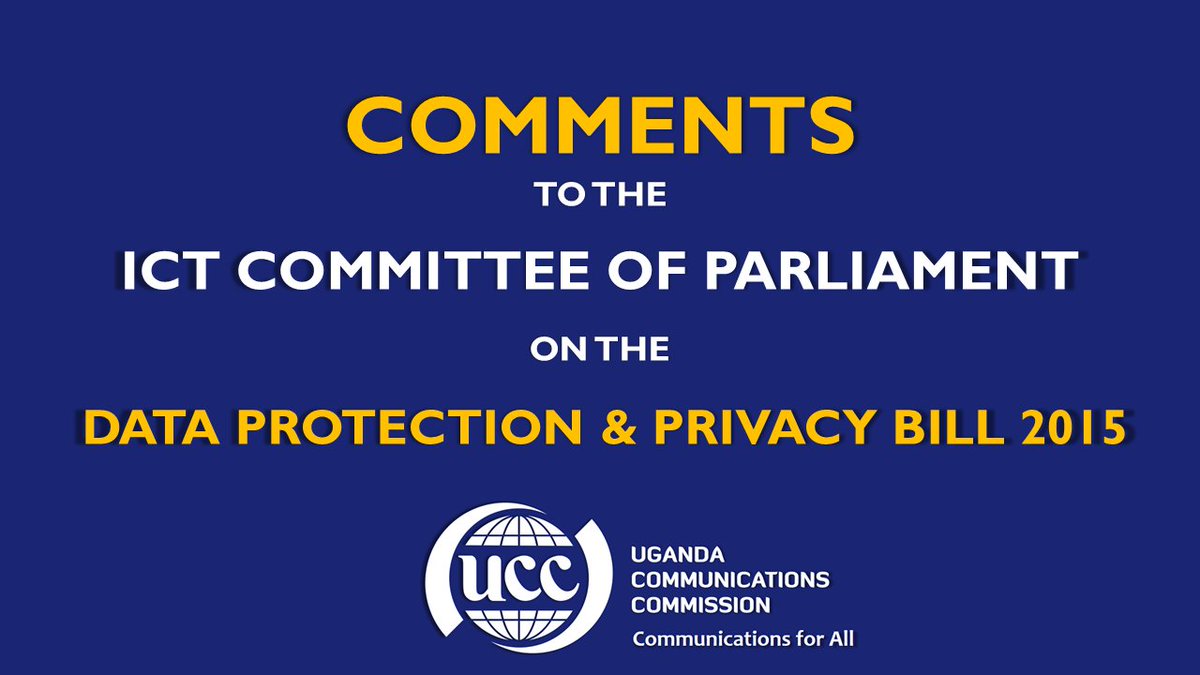We test 1,000 symptomatic cases and all are negative. This means there's no community transmission right?
Wrong. To interpret the result, we need to make a bunch of assumptions.
2/9
Let's assume that incidence due to C.T. among all symptomatic people is a tenth of that: 0.2%.
3/9
4/9
5/9
Now, instead of asking "Is C.T. occurring?" we must ask "What is the chance that C.T. is occurring, given this data?" Bayes' Theorem allows us to do this.
6/9
Each expert starts with some prior belief, and updates this depending on how many test negative.
7/9
Experts can legitimately disagree, given the same data.
9/9












